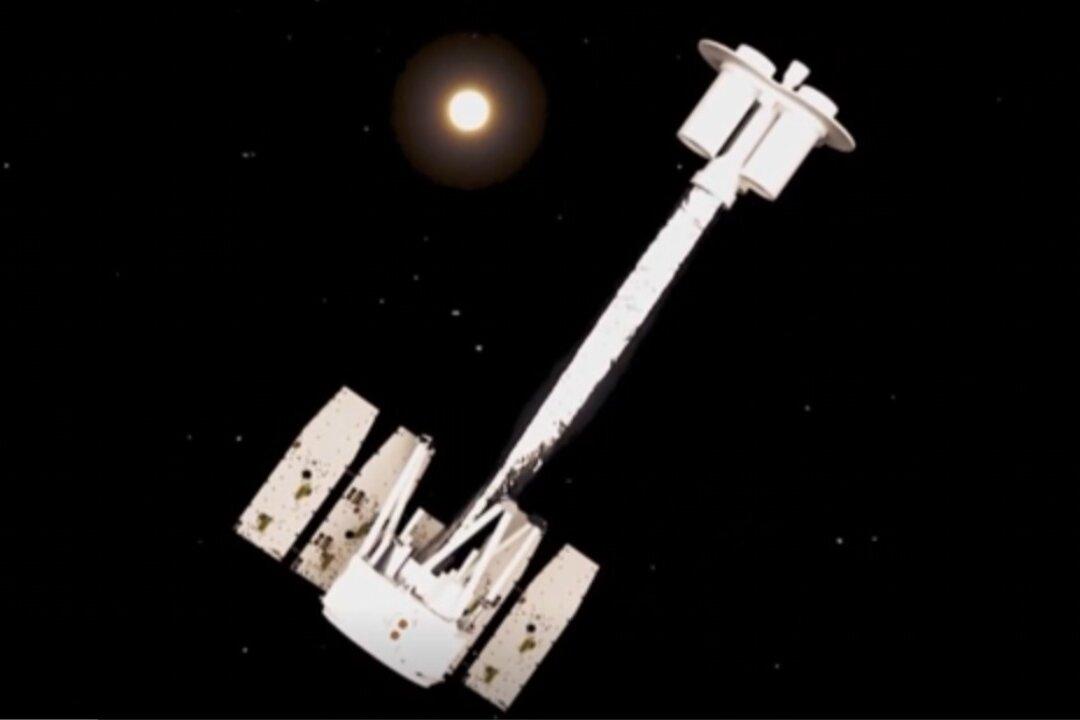This is the SpaceX Falcon 9 rocket taking off last month taking NASA’s DART craft into space. That was to test whether the new system can knock off course any asteroids which threaten Earth.
On Dec. 9 it will be taking off from Cape Canaveral carrying NASA’s new observatory, the Imaging X-ray Polarimetry Explorer IXPE.





